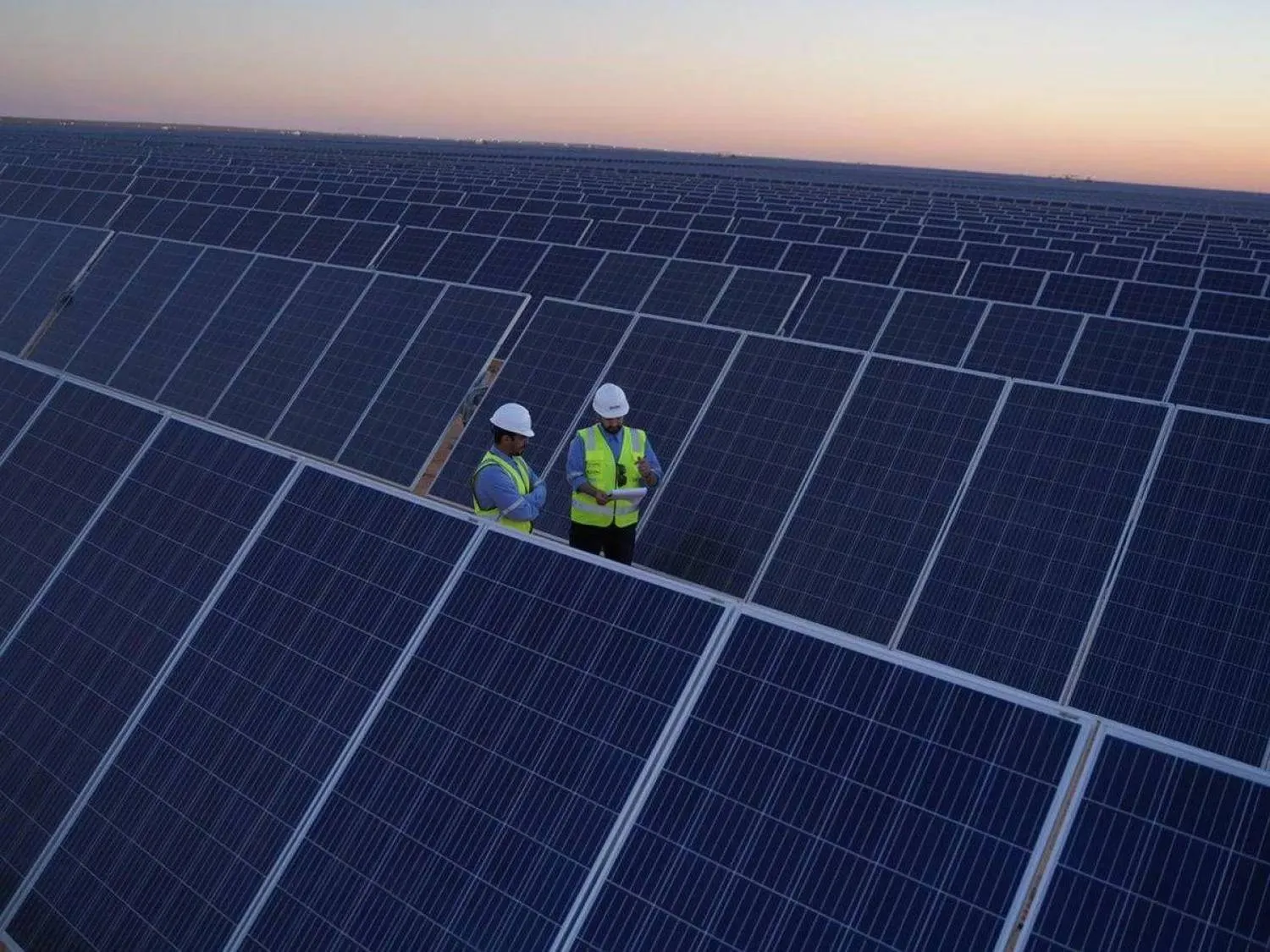With the launch of the Saudi-European Investment Forum in Riyadh on Monday, EU Ambassador to Saudi Arabia, Bahrain and the Sultanate of Oman Christophe Farnaud emphasized the partnership strategy between the two sides in various vital fields, especially the energy mix, emissions-free industry, and digital economy.
In an interview with Asharq Al-Awsat, Farnaud said the forum will cover mutual investments, and will discuss transformation in the fields of energy, emissions-free industry, transportation, and infrastructure.
The panel discussions will also touch on several key sectors, including minerals, supply chains, tourism, sports, healthcare, medium and small enterprises, and the digital economy.
Regarding the volume of economic and trade between the EU and Saudi Arabia, the ambassador noted that in 2022, the volume of trade exchange of goods reached 75.4 billion euros ($79.8 billion), compared to 45.8 billion euros ($48.5 billion) in 2021, an increase of 64.5 percent.
He added that the value of EU imports from Saudi Arabia amounted to 43.9 billion euros ($46.5 billion), mainly consisting of fuel. EU exports also rose from 25 billion euros ($26.4 billion) to 31.5 billion euros ($33 billion), especially machinery, transportation and chemicals.
According to the diplomat, data in 2021 showed that direct foreign investments from the EU to Saudi Arabia reached 13.4 billion euros ($14.1 billion), while total foreign direct investments from Saudi Arabia to the EU amounted to 42 billion euros ($44.4 billion) in 2022, compared to 32 billion euros in 2021.









